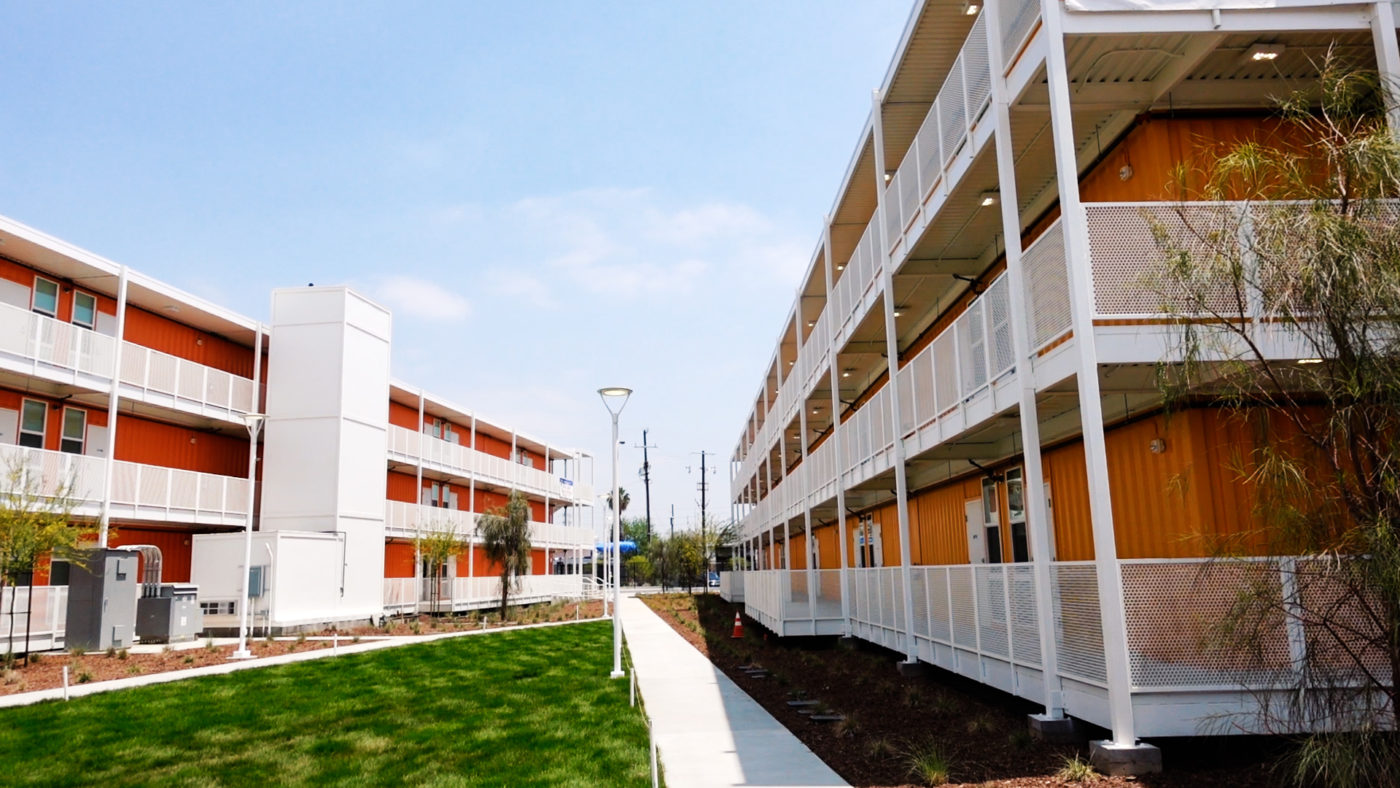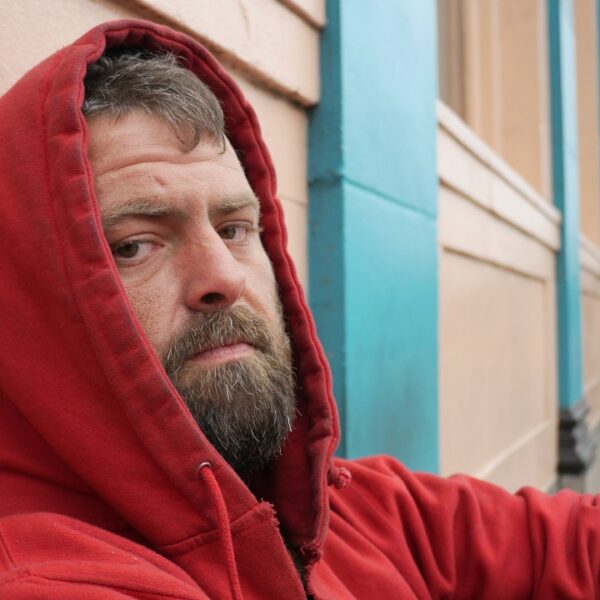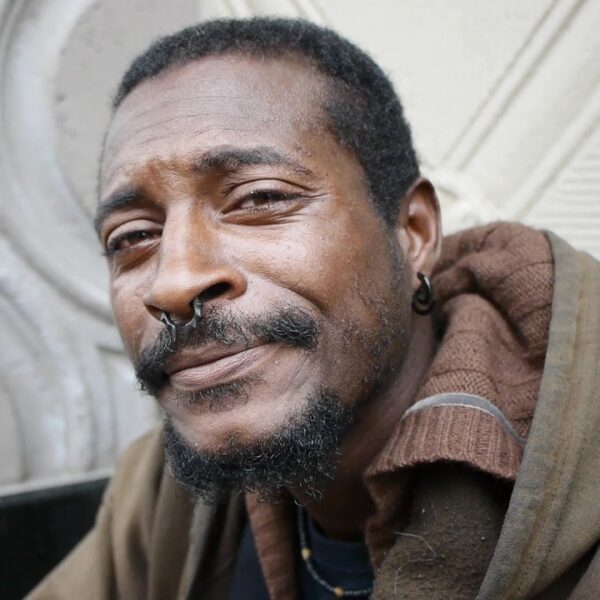Los Angeles is facing an affordable housing crisis that drove up homeless numbers even before the coronavirus pandemic. While homeless services providers are doing better than ever getting homeless people off the street, more people are entering into homelessness daily than LAHSA (Los Angeles Homeless Services Authority) can help. The biggest challenge is the lack of housing.
When the Hilda L. Solis Care First Village opens in a few weeks, it will become a temporary living shelter for 232 homeless people. The Vignes Street development took only five months to build at the cost of $200,000 per unit, which is faster and far cheaper than traditional housing developments. I was told the cost of land was what drove up per-unit costs.
I was honored to be asked by the American Institute of Architects Los Angeles to join a panel on diversity. While speaking, I told a conference full of architects to “never design anything you would not sleep in yourself.” It was part of a rant about Pallet Shelters, which are growing in popularity. Many politicians pitch Pallet Shelters as a tiny home solution, yet jail cells by law are bigger than these tiny shacks – and jail cells have bathrooms.
One of the architects thought I was ranting about their shelter container sleeping units. Once the misunderstanding was cleared up, they invited me for a tour. Although I am kicking myself for not having the right microphone or wide-angle lens (please forgive the bad audio), I was impressed by what I saw.
Many people become homeless because they experienced trauma. Life on the streets adds lawyers of more trauma. I cannot stress enough how important a private space with a bathroom providing dignity is to start the healing process. It’s unthinkable that some politicians support warehousing homeless people in tiny shacks meant for lawnmowers (Thanks to Pete White for that phrase). For a proposed solution to succeed in ending homelessness, it must be a living environment that people want to live in – where they can start to feel human again! A living space that helps to rebuild self-worth and dignity. Otherwise, they go back to the streets.
If we are ever going to reduce homelessness, we need creative ways to reduce costs and the ability to cut through the bureaucracy. The bulk of the funding for Hilda L. Solis Care First Village came from the federal CARES Act, allowing the county to sidestep the usual convoluted process of finding money for affordable housing. The pandemic health emergency provided justification for exemptions from environmental review and competitive bidding.
I left this tour of shipping container sleeping units encouraged. The day before, I visited a homeless encampment in Harbor City. I met wonderful people living in tents. Many of them have been outside for years. My heart was broken. With the crisis of homelessness growing, I didn’t see how they would ever get off the streets. I do believe Hilda L. Solis Care First Village is a viable solution. We just need to go all-in and build as many of these sleeping container villages as quickly as possible.













